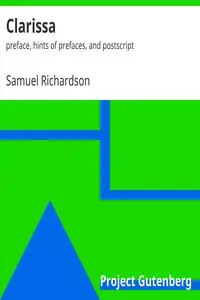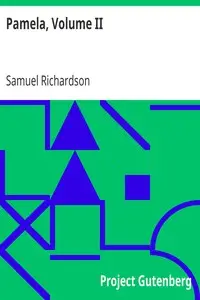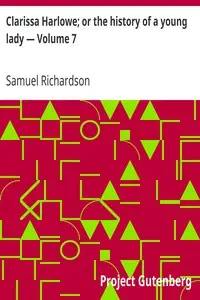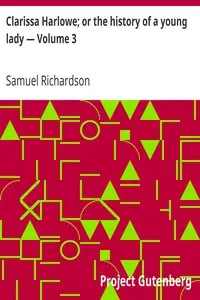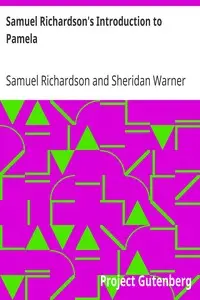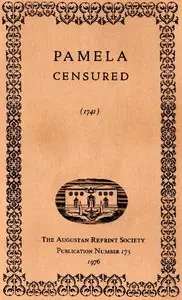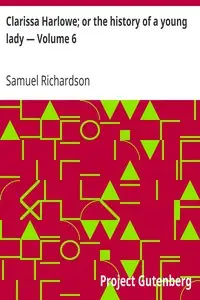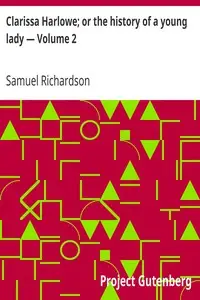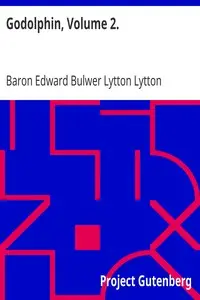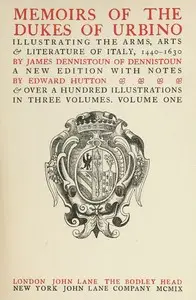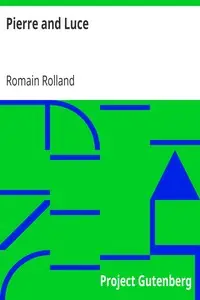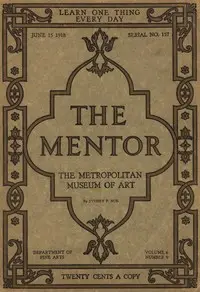"Pamela, or Virtue Rewarded" by Samuel Richardson is a groundbreaking novel that unfolds through a series of personal letters. The story follows Pamela Andrews, a virtuous young servant, as she faces trials of integrity within the confines of her social standing and her master's growing affection. Initially, Pamela's correspondence with her parents paints a picture of her life after her mistress's passing, revealing her vulnerability and an emerging interest from her master. Through her letters, Pamela conveys a blend of appreciation for the gifts and generosity shown by her master, along with a quiet fear about his underlying motives.
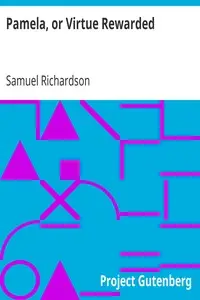
Pamela, or Virtue Rewarded
By Samuel Richardson
A young servant's virtue is tested as she navigates her master's confusing affection, all while she reveals her inner feelings through heartfelt letters to her family.
Summary
About the AuthorSamuel Richardson was an English writer and printer known for three epistolary novels: Pamela; or, Virtue Rewarded (1740), Clarissa: Or the History of a Young Lady (1748) and The History of Sir Charles Grandison (1753). He printed almost 500 works, including journals and magazines, working periodically with the London bookseller Andrew Millar. Richardson had been apprenticed to a printer, whose daughter he eventually married. He lost her along with their six children, but remarried and had six more children, of whom four daughters reached adulthood, leaving no male heirs to continue the print shop. As it ran down, he wrote his first novel at the age of 51 and joined the admired writers of his day. Leading acquaintances included Samuel Johnson and Sarah Fielding, the physician and Behmenist George Cheyne, and the theologian and writer William Law, whose books he printed. At Law's request, Richardson printed some poems by John Byrom. In literature, he rivalled Henry Fielding; the two responded to each other's literary styles.
Samuel Richardson was an English writer and printer known for three epistolary novels: Pamela; or, Virtue Rewarded (1740), Clarissa: Or the History of a Young Lady (1748) and The History of Sir Charles Grandison (1753). He printed almost 500 works, including journals and magazines, working periodically with the London bookseller Andrew Millar. Richardson had been apprenticed to a printer, whose daughter he eventually married. He lost her along with their six children, but remarried and had six more children, of whom four daughters reached adulthood, leaving no male heirs to continue the print shop. As it ran down, he wrote his first novel at the age of 51 and joined the admired writers of his day. Leading acquaintances included Samuel Johnson and Sarah Fielding, the physician and Behmenist George Cheyne, and the theologian and writer William Law, whose books he printed. At Law's request, Richardson printed some poems by John Byrom. In literature, he rivalled Henry Fielding; the two responded to each other's literary styles.

